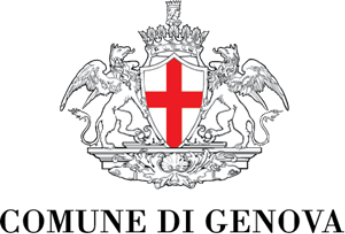A member of the artistic group formed around “The House,” a magazine of “aesthetics, decorum and government of the modern home” founded in 1908 by Edoardo De Fonseca, Duilio Cambellotti shared with the other exponents of the movement, including Vittorio Grassi and Umberto Bottazzi, the inspiration for the aesthetic models of the Arts & Crafts: especially in the reevaluation of traditional craft techniques-such as the abolition of the use of nails and assembly by joints-that made it possible to achieve, through a simplified constructive process, a rigorous and linear decoration.
The common Ruskinian medievalist inspiration professed by this artistic cohort flowed into a collective propensity for the philological recovery of local traditions kept alive by minor crafts and an integration of art and architecture, declined through decorative inserts in ceramics and polychrome glass.
Cambellotti's attraction to the suggestions of a medieval imagery - already evident in the table Medioevo, published in 1905 in the magazine “Novissima” and depicting a rugged hilly landscape dotted with ancient turreted manors, or in the silhouette of a medieval helmet with which he accompanied his signature until 1910 - intensified in particular through the literary mediation of Dante, as witnessed by his victorious participation in the competition announced by Vittorio Alinari for the illustrations of La Divina Commedia.
If such suggestions also imprinted the precious inlays of the furniture of the Palazzo dell'Acquedotto Pugliese, characterized by depictions of villages crossed by watercourses that recalled the illuminated codices of the Middle Ages, this inspiration of his found its most accomplished inspiration in the stained glass windows, to the realization of which he began to devote himself together with Grassi and Bottazzi thanks to the collaboration with master glassmaker Cesare Picchiarini. Their exhibition debut in that sphere took place in 1912, on the occasion of the Exhibition of Stained Glass set up in Rome's Palazzo dei Filippini. Cambellotti exhibited three stained-glass windows-“Fourteenth-century Coat of Arms,” “Ravens,” and “Heroic Vision”-that, through the filter of contemporary aesthetics, showed a strong link with the expressive energy of a remote era. The glass technique represented for Cambellotti a coherent synthesis between that cultural ethic, which had inspired the construction of Gothic cathedrals and the aesthetic and social components inferred from the theoretical principles of the pioneers of the modern movement.



